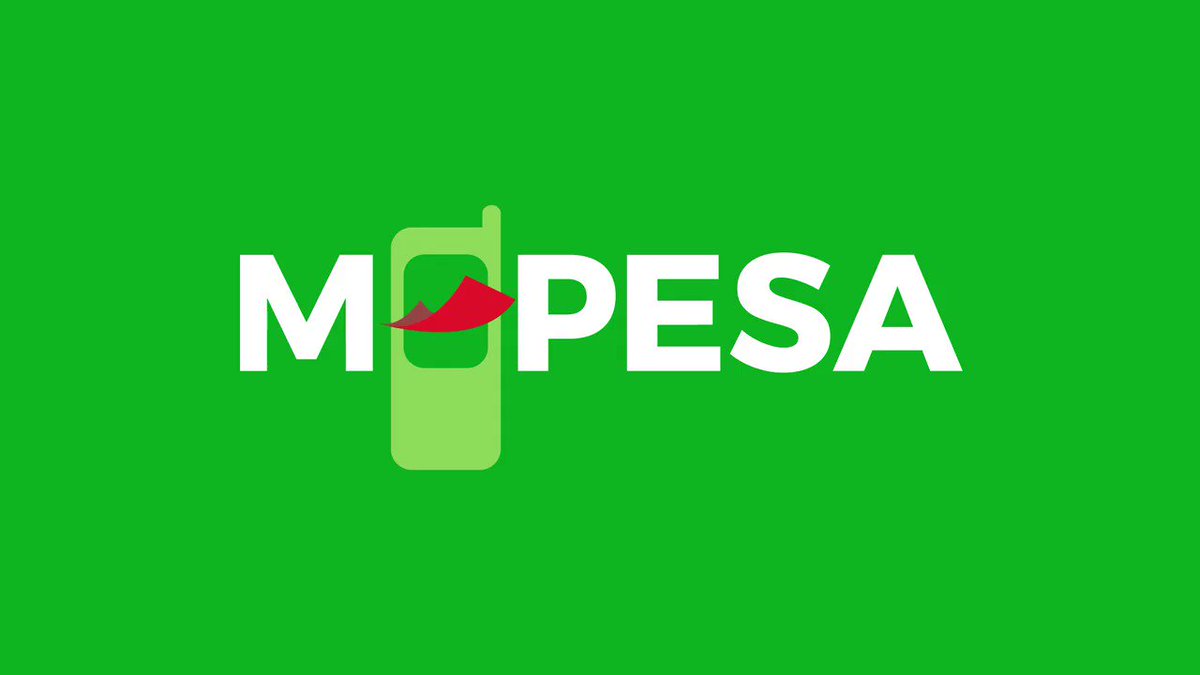Water is life. But turning that life into a reliable, affordable, and sustainable service requires money, technology, and efficient systems. Across the world—and increasingly in Africa—governments are turning to Public-Private Partnerships (PPPs) to bridge the infrastructure gap. In theory, PPPs promise efficient service delivery. In reality, their outcomes depend heavily on regulation, transparency, and the balance between public good and private profit.
Kenya, like many developing countries, has embraced PPPs in sectors like roads, energy, and now water. But questions are starting to rise—particularly in light of controversial deals such as the Adani Group’s entry into Kenya’s utility sector.
This article explores the structure of PPPs, their advantages, their dangers—including corruption—and what we can learn from both global and local examples.
What is a PPP in Water Infrastructure?
A Public-Private Partnership (PPP) is a long-term contract between a government entity and a private company for the delivery of public services or infrastructure. In the water sector, PPPs often involve construction, operation, and maintenance of water treatment plants, distribution networks, or sewage systems.
Common PPP models include:
Build-Operate-Transfer (BOT): The private firm builds and runs the facility, then hands it back to the government.
Design-Build-Operate (DBO): Private firms design, build, and operate facilities but do not own them.
Concession agreements: The private firm operates a water system and collects revenue from users.
The Case for PPPs
Proponents argue that PPPs bring in:
Private capital to fund projects that governments can’t afford alone.
Technical innovation from experienced companies.
Efficiency and professionalism in service delivery.
Risk-sharing, where the private party bears construction, financial, or operational risks.
There are successful examples worldwide:
Manila Water (Philippines): A 25-year concession improved water access and reduced losses.
Thames Water (UK): A regulated private utility managing London’s water supply.
Small-scale water PPPs in Kenya: In some informal settlements, community-managed PPPs have improved last-mile access.
The Risks and Disadvantages
However, PPPs in water infrastructure are not always the silver bullet they appear to be.
1. Corruption and Lack of Transparency
PPPs are complex, multi-billion-shilling contracts. Without strong regulatory frameworks, they become ripe for corruption. Contracts may be awarded to politically connected companies without proper public consultation or competitive bidding.
The Adani Controversy in Kenya is a clear example. The Adani Group—a conglomerate with a controversial track record in India—was awarded a concession to manage key water, electricity and airport infrastructure in Kenya. The process raised serious concerns:
Lack of transparency in contract terms.
Alleged kickbacks and political connections influencing the deal.
Exclusion of local stakeholders and water user associations.
This mirrors allegations in India, where Adani has been accused of monopolizing natural resources and engaging in regulatory capture.
2. Increased Water Tariffs
To recover investments, private operators may raise water bills, making access unaffordable for the poor. In some PPPs, tariff increases of over 100% have been reported within a few years. This undermines the principle of water as a human right.
3. Profit vs. Public Interest
A private company’s goal is profit—not public welfare. This can lead to:
Service prioritization for wealthy areas over informal settlements.
Neglect of infrastructure maintenance if it doesn’t serve their bottom line.
Short-termism, where companies invest only for fast returns, not long-term sustainability.
4. Contract Rigidity and Risk to the Public
Many PPPs have rigid, long-term contracts (20–30 years). If the project fails or becomes unaffordable, governments may still be locked in—paying fees or compensation. When a private firm underperforms, it's often the taxpayer who pays.
Lessons and Recommendations
1. Transparency is non-negotiable.
Contracts should be public. All PPPs must undergo competitive bidding, stakeholder consultations, and be subject to parliamentary oversight.
2. Water is a public good, not a commodity.
Governments must set clear affordability rules and protect the poor from being priced out.
3. Local capacity matters.
Kenya should prioritise building local expertise and empowering community-based water associations rather than outsourcing control to foreign conglomerates.
4. Independent regulation is key.
An empowered, apolitical water regulator is essential to oversee PPP contracts, monitor performance, and ensure compliance.
Conclusion
PPPs can play a role in building Kenya’s water future—but only if they are transparent, fair, and accountable. As we’ve seen with the Adani controversy, poorly designed PPPs can entrench inequality, weaken public trust, and commodify a basic human need.
We must ask: Are PPPs solving our problems—or shifting them into private hands? Water is not a business opportunity. It is a basic human right. Let us protect it that way.










1 Comments
Spot on! PPPs aren't that glamorous. We need to review the impact of these partnerships
ReplyDelete